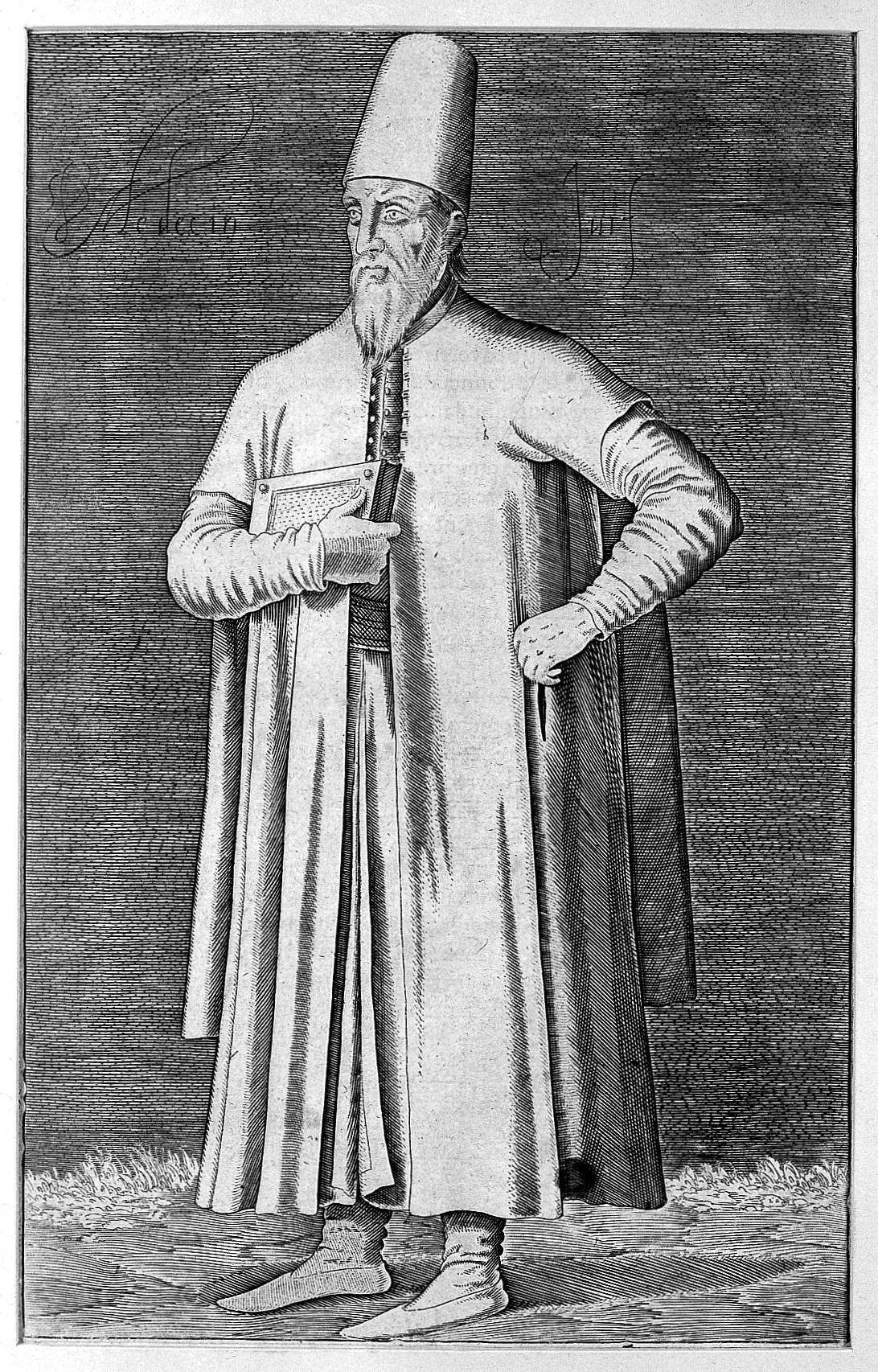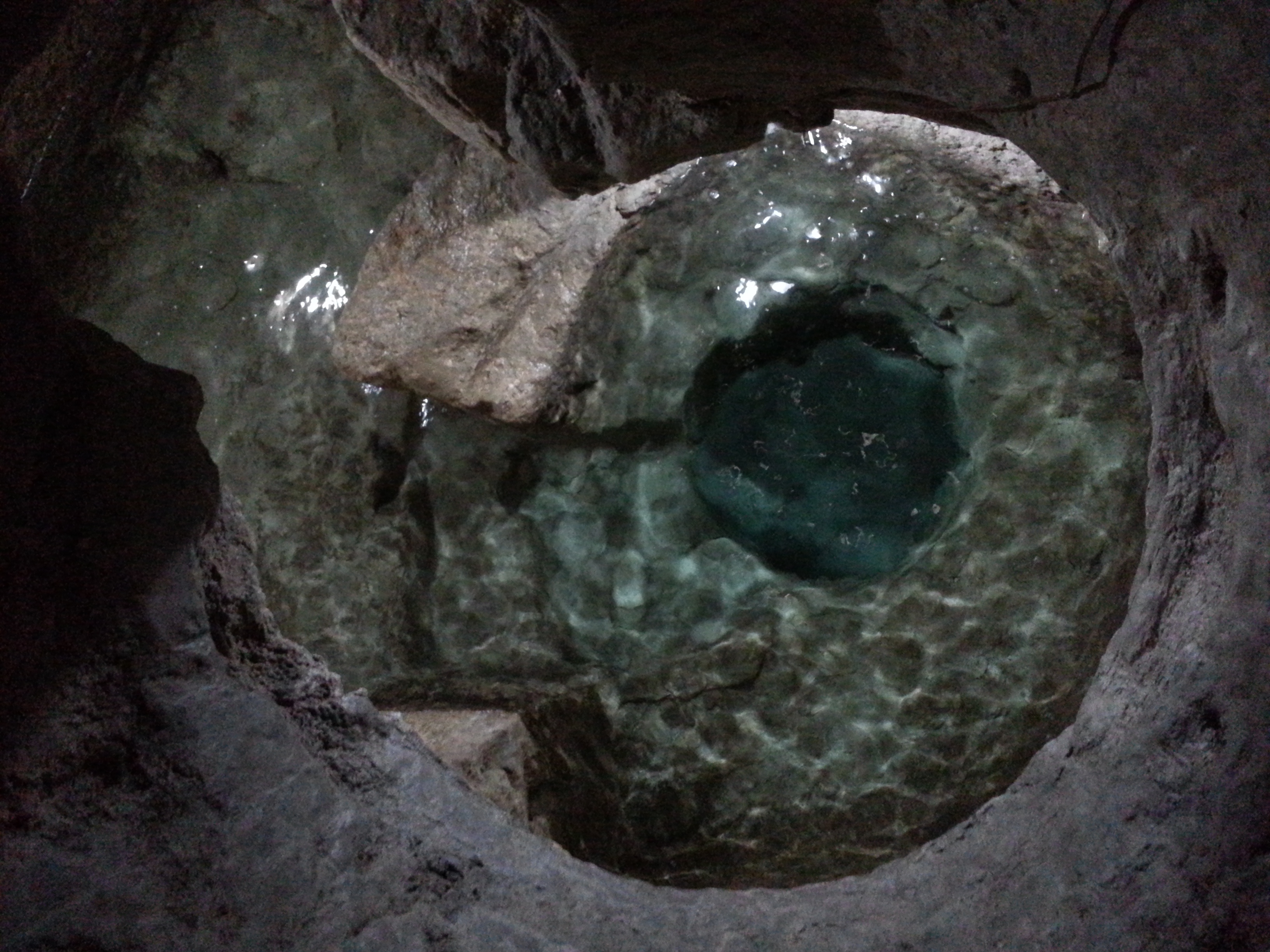|
Virdimura
Virdimura () was a Sicilian Jewish doctor, the first woman officially certified to practice medicine in Sicily. Biography Though few biographical details of Virdimura are known, she was a Jewish woman living in Catania, Sicily, in the 14th century. She was trained in the practice of Jewish medicine, perhaps by her husband, Pasquale de Medico of Catania, who was also thought to be a physician. It is not known if Pasquale was Jewish or not. She obtained a royal license to practice medicine across the island of Sicily on November 7, 1376, with the approval of the doctors of King Frederick's royal court. Virdimura was asked to complete exams for the certification. Her patients also testified on her behalf, and the licensing documentation notes that the examiners took into consideration the "praise universally given her." With this, she became the first woman physician with this designation on the island. She subsequently traveled throughout Sicily treating patients. Virdimura p ... [...More Info...] [...Related Items...] OR: [Wikipedia] [Google] [Baidu] |
Jewish Medicine
Jewish medicine is medical practice of the Jewish people, including writing in the languages of both Hebrew and Arabic. 28% of List of Jewish Nobel laureates, Nobel Prize winners in medicine have been Jewish, although Jews comprise less than 0.2% of the world's population. History Ancient There are no extant texts of ancient medicine, as a first subject, of Hebrew origin. There was no medicine distinctly Jewish and instead Jewish practitioners had adopted Greek and later Graeco-Roman knowledge as practice. A text known as the "Book of Remedies" is recorded of in the Babylonian Talmud twice, and the baraita, apparently dating to at least the reign of Hezekiah. Likewise, a text known as Sefer Refuot, which means "book of remedies", is known, however its composition has been dated roughly to the time of the Byzantine Empire anywhere between 1000 and 1700 years after Hezekiah. Middle Ages ''Further Information:'' ''Medieval medicine of Western Europe'' The Book of Remedies, the earli ... [...More Info...] [...Related Items...] OR: [Wikipedia] [Google] [Baidu] |
History Of The Jews In Sicily
The history of the Jews in Sicily potentially begins as far back as two millennia, with a substantial Jewish presence on the southern Italian island before their expulsion in the fifteenth century. Ancient history There is a legend that Jews were first brought to Sicily as captive slaves in the 1st century after the fall of Jerusalem in 70 CE. However, it is generally presumed the Jewish population of Sicily was ceded prior to the destruction of the Temple of Jerusalem. Rabbi Akiva visited the city of Syracuse during one of his trips abroad. The Jews of Sicily: A unique culture. By Sergio Caldarella, PJV#33 March 2008, The Philadelphia Jewish Voice, www.pjvoice.com Middle Ages The Jews lived in many Sicilian cities such as |
Catania
Catania (, , Sicilian and ) is the second largest municipality in Sicily, after Palermo. Despite its reputation as the second city of the island, Catania is the largest Sicilian conurbation, among the largest in Italy, as evidenced also by the presence of important road and rail transport infrastructures as well as by the main airport in Sicily, fifth in Italy. It is located on Sicily's east coast, at the base of the active volcano, Mount Etna, and it faces the Ionian Sea. It is the capital of the 58-municipality region known as the Metropolitan City of Catania, which is the seventh-largest metropolitan city in Italy. The population of the city proper is 311,584, while the population of the Metropolitan City of Catania is 1,107,702. Catania was founded in the 8th century BC by Chalcidian Greeks. The city has weathered multiple geologic catastrophes: it was almost completely destroyed by a catastrophic earthquake in 1169. A major eruption and lava flow from nearby Mount Etna ... [...More Info...] [...Related Items...] OR: [Wikipedia] [Google] [Baidu] |
Frederick The Simple
Frederick III (or IV) (1 September 1341 – Messina 27 July 1377Setton, Kenneth M. (1975) " Volume III: The fourteenth and fifteenth centuries", Edited by Harry W. Hazzard, page 214.), called the Simple, was King of Sicily from 1355 to 1377. He was the second son of Peter II of Sicily and Elisabeth of Carinthia. He succeeded his brother Louis. The documents of his era call him the "infante Frederick, ruler of the kingdom of Sicily", without any regnal number. "Frederick the Simple" is often confused with an earlier Sicilian monarch, his grandfather Frederick II, who chose to call himself "Frederick III" even though he was actually only the second King Frederick to occupy the Sicilian throne; his self-appellation was retained by later generations of genealogists and historians. The first King Frederick on the Sicilian throne was the latter's great-grandfather, King Frederick II, Holy Roman Emperor. Frederick III was born in Catania and succeeded to his brother Louis in 1 ... [...More Info...] [...Related Items...] OR: [Wikipedia] [Google] [Baidu] |
Gentile
Gentile () is a word that usually means "someone who is not a Jew". Other groups that claim Israelite heritage, notably Mormons, sometimes use the term ''gentile'' to describe outsiders. More rarely, the term is generally used as a synonym for ''heathen'' or '' pagan''. In some translations of the Quran, ''gentile'' is used to translate an Arabic word that refers to non-Jews and/or people not versed in or not able to read scripture. The English word ''gentile'' derives from the Latin word , meaning "of or belonging to the same people or nation" (). Archaic and specialist uses of the word ''gentile'' in English (particularly in linguistics) still carry this meaning of "relating to a people or nation." The development of the word to principally mean "non-Jew" in English is entwined with the history of Bible translations from Hebrew and Greek into Latin and English. Its meaning has also been shaped by Rabbinical Jewish thought and Christian theology which, from the 1st centu ... [...More Info...] [...Related Items...] OR: [Wikipedia] [Google] [Baidu] |
14th-century Italian Physicians
As a means of recording the passage of time, the 14th century was a century lasting from 1 January 1301 (Roman numerals, MCCCI), to 31 December 1400 (Roman numerals, MCD). It is estimated that the century witnessed the death of more than 45 million lives from political and natural disasters in both Europe and the Mongol Empire. West Africa experienced economic growth and prosperity. In History of Europe, Europe, the Black Death claimed 25 million lives wiping out one third of the European population while the Kingdom of England and the Kingdom of France fought in the protracted Hundred Years' War after the death of Charles IV of France, Charles IV, King of France led to a claim to the French throne by Edward III of England, Edward III, King of England. This period is considered the height of chivalry and marks the beginning of strong separate identities for both England and France as well as the foundation of the Italian Renaissance and Ottoman Empire. In History of Asia, Asia, ... [...More Info...] [...Related Items...] OR: [Wikipedia] [Google] [Baidu] |
14th-century Italian Jews
As a means of recording the passage of time, the 14th century was a century lasting from 1 January 1301 ( MCCCI), to 31 December 1400 (MCD). It is estimated that the century witnessed the death of more than 45 million lives from political and natural disasters in both Europe and the Mongol Empire. West Africa experienced economic growth and prosperity. In Europe, the Black Death claimed 25 million lives wiping out one third of the European population while the Kingdom of England and the Kingdom of France fought in the protracted Hundred Years' War after the death of Charles IV, King of France led to a claim to the French throne by Edward III, King of England. This period is considered the height of chivalry and marks the beginning of strong separate identities for both England and France as well as the foundation of the Italian Renaissance and Ottoman Empire. In Asia, Tamerlane (Timur), established the Timurid Empire, history's third largest empire to have been ever establis ... [...More Info...] [...Related Items...] OR: [Wikipedia] [Google] [Baidu] |
Physicians From Sicily
A physician (American English), medical practitioner (Commonwealth English), medical doctor, or simply doctor, is a health professional who practices medicine, which is concerned with promoting, maintaining or restoring health through the study, diagnosis, prognosis and treatment of disease, injury, and other physical and mental impairments. Physicians may focus their practice on certain disease categories, types of patients, and methods of treatment—known as specialities—or they may assume responsibility for the provision of continuing and comprehensive medical care to individuals, families, and communities—known as general practice. Medical practice properly requires both a detailed knowledge of the academic disciplines, such as anatomy and physiology, underlying diseases and their treatment—the ''science'' of medicine—and also a decent competence in its applied practice—the art or ''craft'' of medicine. Both the role of the physician and the meaning of t ... [...More Info...] [...Related Items...] OR: [Wikipedia] [Google] [Baidu] |
People From Catania
A person ( : people) is a being that has certain capacities or attributes such as reason, morality, consciousness or self-consciousness, and being a part of a culturally established form of social relations such as kinship, ownership of property, or legal responsibility. The defining features of personhood and, consequently, what makes a person count as a person, differ widely among cultures and contexts. In addition to the question of personhood, of what makes a being count as a person to begin with, there are further questions about personal identity and self: both about what makes any particular person that particular person instead of another, and about what makes a person at one time the same person as they were or will be at another time despite any intervening changes. The plural form "people" is often used to refer to an entire nation or ethnic group (as in "a people"), and this was the original meaning of the word; it subsequently acquired its use as a plural form of p ... [...More Info...] [...Related Items...] OR: [Wikipedia] [Google] [Baidu] |
Medieval Women Physicians
In the history of Europe, the Middle Ages or medieval period lasted approximately from the late 5th to the late 15th centuries, similar to the post-classical period of global history. It began with the fall of the Western Roman Empire and transitioned into the Renaissance and the Age of Discovery. The Middle Ages is the middle period of the three traditional divisions of Western history: classical antiquity, the medieval period, and the modern period. The medieval period is itself subdivided into the Early, High, and Late Middle Ages. Population decline, counterurbanisation, the collapse of centralized authority, invasions, and mass migrations of tribes, which had begun in late antiquity, continued into the Early Middle Ages. The large-scale movements of the Migration Period, including various Germanic peoples, formed new kingdoms in what remained of the Western Roman Empire. In the 7th century, North Africa and the Middle East—most recently part of the East ... [...More Info...] [...Related Items...] OR: [Wikipedia] [Google] [Baidu] |





_1938.jpg)
